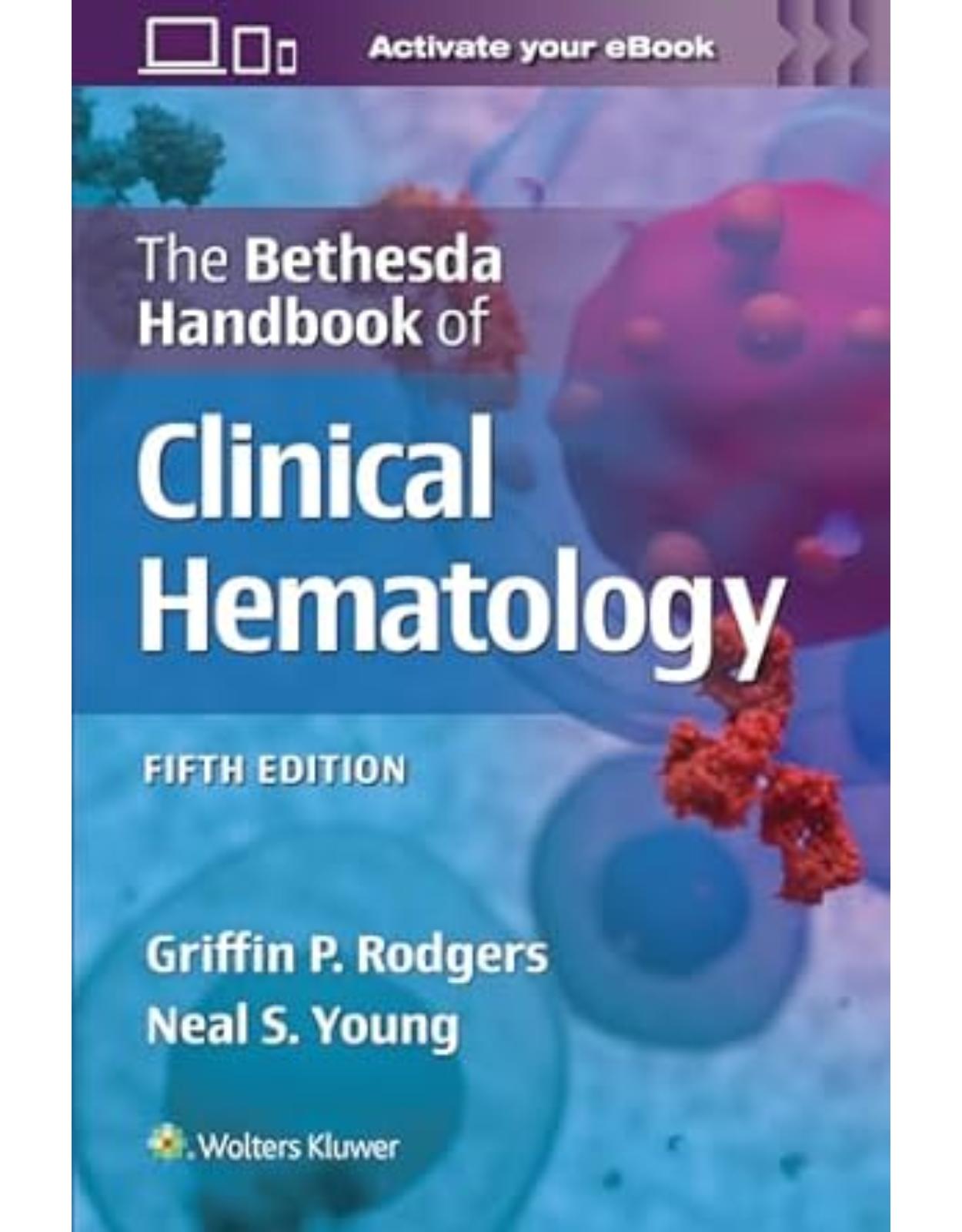
The Bethesda Handbook of Clinical Hematology
Livrare gratis la comenzi peste 500 RON. Pentru celelalte comenzi livrarea este 20 RON.
Disponibilitate: La comanda in aproximativ 4 saptamani
Editura: LWW
Limba: Engleza
Nr. pagini: 560
Coperta: Paperback
Dimensiuni: 152 x 229 mm
An aparitie: 13 feb 2024
DESCRIPTION:
Written by national recognized experts and senior fellows at leading research institutions, including the National Institutes of Health, and edited by Drs. Griffin P. Rodgers and Neal S. Young, The Bethesda Handbook of Clinical Hematology, 5th Edition, is a concise, comprehensive handbook designed for everyday clinical use. Organized in a quick-reference, portable format, it covers the clinical information you need to know for the diagnosis and treatment all of blood and bone marrow disorders. Readable and practical, the Bethesda Handbook features numerous tables, algorithms, illustrations, and bulleted lists throughout to help bridge the gap between cutting-edge science and everyday clinical practice.
Provides clinically focused, authoritative, and current guidance in this complex area, logically organized by disease category
Discusses the pathophysiology, natural history, risk factors, diagnosis, management, and follow-up of common hematological diseases
Features new diagnostic and treatment strategies, updated references, and revised information throughout
An ideal resource for practitioners at every level of training: students, residents, and fellows on a hematology or oncology service, as well as internists, hospitalists, family practitioners, pediatricians, and nurse practitioners whose practice includes patients with blood diseases
TABLE OF CONTENTS:
Chapter 1 ■ Iron Deficiency
Absolute versus Functional Iron Deficiency
Iron Metabolism
Absolute Iron Deficiency
Functional Iron Deficiency
Genetics and Iron Deficiency
Treatment of Iron Deficiency Anemia
Dietary Iron
Oral Iron Therapy
Intravenous Iron Therapy
Red Blood Cell Transfusion
Response to Iron Therapy
Treatment of Functional Iron Deficiency
Treatment of Anemia in Patients With Advanced Malignancy
Treatment of Anemia Associated With Chronic Inflammatory Diseases
Chapter 2 ■ Deficiencies of Vitamin B12 and Folate
Vitamin Requirements, Sources, and Stores
Metabolic Roles of Folate and Vitamin B12
Development of Vitamin B12 Deficiency
Development of Folic Acid Deficiency
Patient Populations at Risk
Clinical Presentation
Laboratory Evaluation
Hematologic Abnormalities
Serum Vitamin Concentrations
Serum Methylmalonic Acid and Homocysteine
Therapeutic Trial
Determining the Cause of VITAMIN B12 or Folate Deficiency
Treatment/Response
Chapter 3 ■ Hemolytic Anemia
Etiology and Differential Diagnosis
Clinical Recognition of Hemolytic Anemias
Laboratory Approach to Patients With Suspected Hemolysis
Acute Intravascular Hemolysis
Immune-Mediated Hemolysis
Membranopathies
Cytoskeleton Defects
Membrane defects involving RBC hydration
Neuroacanthocytosis
Enzymopathies
Enzymopathies of Emden-Meyerhof pathway
Enzymopathies of the HMP shunt and glutathione metabolism
Enzymes in the Nucleotide Salvation Pathway
Hemoglobinopathies
Paroxysmal Nocturnal Hemoglobinuria
Special Considerations in Hemolytic Anemia Management
Aplastic Crisis
Treatment Considerations
Secondary complications
Chapter 4 ■ Sickle Cell Anemia and Thalassemia
Pathophysiology
Thalassemias
Hemoglobinopathies: Hemoglobin Structural Variants
Sickle Cell Disease
Other Hemoglobinopathies (E, C, Lepore, D, OArab, Constant Spring)
Diagnosis and Screening
α-Thalassemia Trait and Disease
β-Thalassemia Trait and Major
Sickle Cell Trait and Disease
Clinical Syndromes and Treatment of Sickle Cell Disease
Vaso-occlusive Episodes (Pain Crises)
Infections
Central Nervous System and Eye Disease
Eye Disease
Cardiovascular Manifestations
Pulmonary Complications
Gall Bladder, Hepatic, and Splenic Manifestations
Renal Abnormalities
Priapism
Skeletal Complications and Leg Ulcers
Therapy
Transfusions
HbF Induction
Other Drugs
Special Topics
Contraception and Pregnancy
Anesthesia and Surgery
Sickle Cell Trait
Clinical Syndromes and Treatment of Thalassemia
Transfusions and Splenomegaly
Iron Overload, Thalassemia-Related Complications, and Chelation
Medication Treatment
Therapy With Curative Intent
Hematopoietic Stem Cell Transplantation
Gene Therapy
Chapter 5 ■ Porphyrias
Epidemiology
Pathophysiology
Classification and Clinical Manifestations
Diagnosis
Specific Types of Porphyrias
X-Linked Dominant Protoporphyria
δ-Aminolevulinic Acid Dehydratase Deficiency Porphyria
Acute Intermittent Porphyria
Congenital Erythropoietic Porphyria
Porphyria Cutanea Tarda
Hepatoerythropoietic Porphyria
Hereditary Coproporphyria
Variegate Porphyria
Erythropoietic Protoporphyria
Chapter 6 ■ Bone Marrow Failure Syndromes: Aplastic Anemia, Acquired and Constitutional; Paroxysmal Nocturnal Hemoglobinuria; Pure Red Blood Cell Aplasia; and Agranulocytosis
Acquired Bone Marrow Failure Syndromes
Immune Aplastic Anemia
Etiology and Pathophysiology
Clinical Features
Diagnosis and Differential Diagnosis
Definitive Treatments
Paroxysmal Nocturnal Hemoglobinuria
Etiology and Pathophysiology
Clinical Features
Diagnosis
Treatment
Pure Red Cell Aplasia
Etiology and Pathophysiology
Clinical Features and Diagnosis
Treatment
Large Granular Lymphocytic Leukemia
Etiology and Pathophysiology
Diagnosis and Treatment
Agranulocytosis
Etiology and Pathophysiology
Diagnosis and Treatment
Constitutional Bone Marrow Failure Syndromes
Fanconi Anemia
Clinical Features
Diagnostic Tests
Hematologic Presentations and Cancer Predisposition
Stem Cell Transplantation and Supportive Care
Androgens
Hematopoietic Growth Factors
Telomere Biology Disorders
Diagnostic Testing for Aplastic Anemia With Short Telomeres
GATA2 Haploinsufficiency
Marrow Failure Involving a Single Lineage
Diamond-Blackfan Anemia
Shwachman-Diamond Syndrome
Severe Congenital Neutropenia and Cyclic Neutropenia
Congenital Amegakaryocytic Thrombocytopenia
Chapter 7 ■ Myelodysplastic Syndromes
Etiology
Clonality and Molecular Features
Clinical Features
Diagnostic Studies and Morphologic Classification
Prognostic Criteria and Clinically Relevant Subtypes
Standard Treatments
Supportive Care
Intensive Chemotherapy
Hematopoietic Stem Cell Transplantation
Disease-Modifying Hypomethylating Agents (DNA Methyltransferase Inhibitors)
Immunomodulatory Agents and Immunosuppression
Luspatercept (REBLOZYL)
Investigational Treatments
Chapter 8 ■ The Myeloproliferative Neoplasms: Polycythemia Vera, Essential Thrombocythemia, Primary Myelofibrosis, and Chronic Myelomonocytic Leukemia
Polycythemia Vera
Epidemiology
Pathophysiology
Clinical Features
Diagnostic Criteria
Staging and Prognostic Features
Treatment
Essential Thrombocytosis
Epidemiology
Pathophysiology
Clinical Features
Diagnostic Testing
Treatment
Primary Myelofibrosis
Epidemiology
Pathophysiology
Clinical Features
Diagnostic Testing
Staging and Prognostic Features
Treatment
Chronic Myelomonocytic Leukemia
Epidemiology
Pathophysiology
Clinical Features
Diagnostic Testing
Staging and Prognostic Features
Treatment
Chapter 9 ■ Neutrophil Disorders and Neutropenias
Neutrophil Disorders
Leukocyte Adhesion Deficiency (Disorder in Neutrophil Chemotaxis)
Myeloperoxidase Deficiency
Chronic Granulomatous Disease
Chédiak-Higashi Syndrome (Disorder in Neutrophil Ingestion)
Specific Granule Deficiency
Neutropenias
Acquired Neutropenias
Congenital Neutropenias
Other Inherited Disorders Associated With Clinically Significant Neutropenia
Other Neutropenias
Chapter 10 ■ Childhood Hematologic Diseases
Introduction
Anemia
Microcytic Anemias
Normocytic Anemias
Macrocytic Anemias
Bleeding
Acquired Coagulation Disorders
Inherited Factor Deficiencies
Platelet Disorders
Thrombosis
Congenital Prothrombotic Disorders
Acquired Prothrombotic Disorders
Neutropenia
Leukocytosis
Hematologic Manifestations of Systemic Conditions
Transfusion Support
Specialized Blood Products to Prevent Toxicities
Chapter 11 ■ Acute Myeloid Leukemia
Epidemiology
Etiology
Pathogenesis
Clinical Features
Laboratory Findings
Classification
Diagnostic Evaluation
Prognostic Factors
Treatment
Initial Management
Induction Therapy in Younger Patients Fit for Intensive Chemotherapy
Postremission Treatment in Younger Patients Fit for Intensive Chemotherapy
Hematopoietic Stem Cell Transplantation
Risk-Based Approach to Acute Myeloid Leukemia Treatment in Younger Patients Fit for Intensive Chemotherapy
Induction Therapy for Older Patients or Patients Who Cannot Receive Intensive Chemotherapy
Postremission Treatment in Older Patients or Patients Unsuited for Intensive Chemotherapy
Treatment of Acute Promyelocytic Leukemia
Treatment of Relapsed and Refractory Acute Myeloid Leukemia
Acute Myeloid Leukemia in Pregnancy
Evaluation of Measurable Residual Disease
Novel Therapeutic Targets in Acute Myeloid Leukemia
Chapter 12 ■ Acute Lymphoblastic Leukemia
Introduction
Epidemiology
Etiology and Risk Factors
Clinical Features
Laboratory Features
Classification
Prognostic Factors
Treatment
Dose Modification
New Treatment Approaches
Management of Relapse
Allogeneic Stem Cell Transplantation
Supportive Care
Antiemetics
Tumor Lysis Syndrome
Transfusions
Infection Prophylaxis
Chemotherapy Prophylaxis
Nutritional Support
Psychosocial Support
Evaluations
Evaluations during Treatment
Evaluations after Treatment
Late Effects
Chapter 13 ■ Chronic Myelogenous Leukemia
Epidemiology
Pathophysiology
Leukemic Hematopoiesis Originates in a Multipotent Stem Cell
Clonal Dominance
Molecular Basis of CML in the BCR::ABL1 Translocation
Genomic Instability
Presentation
Classic Presentation
Typical Presentation in the Developed World
Rare Presentations
Diagnosis
Blood Count
Blood Film
Bone Marrow
Chromosome Analysis
Molecular Diagnosis
Differential Diagnosis
Course of CML
Chronic Phase
Accelerated Phase
Blastic Phase
Prognostic Factors
Treatment
Treating Newly Diagnosed CML in Chronic Phase
Allogeneic SCT: Treatment With Curative Intent
Treatment of Accelerated Phase
Treatment of Blastic Phase
Special Issues in CML Management
Treatment of Relapse After Transplantation
Leukostasis
Splenic Infarcts
Myelofibrosis
Chloromas
CML in Pregnancy and Parenting
Psychological Response of Patients With CML
Evolving Standard of Care
Choice of TKIs as First-Line Treatment, Generics, and Safety Profile
Trigger to Change TKIs
Lower Doses of TKIs—Dasatinib and Ponatinib
Newer TKIs and Novel Agents
COVID-19 in CML Patients
Chapter 14 ■ Chronic Lymphocytic Leukemia
Background
Etiology and Pathogenesis
Clinical Manifestations
Diagnosis, Imaging, and Laboratory Studies
Complete Blood Count and Blood Smear
Immunophenotyping and Flow Cytometry
Other Laboratory Evaluations
Bone Marrow Biopsy
Lymph Node Biopsy
Computed Tomography and Positron Emission Tomography
Differential Diagnosis
Natural History, Staging, and Prognosis
Immunoglobulin Variable Region Heavy-Chain Gene Mutation
BCR stereotypy
Cytogenetics
Somatic Mutations
ZAP-70 and CD38
CD49d
Lymphocyte Doubling Time
Combination Prognostic Models
Treatment
The Paradigm of Watchful Waiting
Assessing Response to Therapy
Therapeutic Agents
Chemoimmunotherapy
Cellular Therapies
Small Molecules
Unique Aspects of Targeted Agents in Chronic Lymphocytic Leukemia
Individualized Therapy and Predictive Biomarkers
Novel Agents in Development
Complications of Chronic Lymphocytic Leukemia and Their Treatment
Autoimmune Manifestations
Infections
Richter Transformation
Select Internet Resources
Chapter 15 ■ Hodgkin Lymphoma
Introduction
Epidemiology and Risk Factors
Pathology
Classical Hodgkin Lymphoma
Nodular Lymphocyte–Predominant Hodgkin Lymphoma/Nodular Lymphocyte–Predominant B-Cell Lymphoma
Pathogenesis of Classical Hodgkin lymphoma
Transformation of Germinal Center B-Cell into HRS Cells
Tumor Microenvironment and Immune Evasion
Clinical Features
Classical Hodgkin Lymphoma
Nodular Lymphocyte–Predominant Hodgkin Lymphoma/Nodular Lymphocyte–Predominant B-Cell Lymphoma
PreTreatment Evaluation and Staging
Laboratory Tests
Radiologic Studies
Other
Prognosis
Prognostic Factors for Early-Stage Disease
Prognostic Factors for Advanced-Stage Disease
Total Metabolic Tumor Volume
Frontline Management of Classical Hodgkin Lymphoma
Frontline Management of Early-Stage Disease
Chemotherapy Alone Versus Combined Modality Approaches
Response-Adapted Approach for Early-Stage cHL
Frontline Management for Advanced-Stage Disease
Brentuximab Vedotin Incorporated Into Frontline Therapy
Role of Radiation
Response-Adapted Approaches for Advanced-Stage Disease
Management of Relapsed or Refractory cHL
Treatment Options for Relapsed Disease After ASCT
Frontline Management of NLPHL
Early-Stage NLPHL
Advanced-Stage NLPHL
Treatment of Older Patients
Survivorship and Long-Term Follow-up
Follow-up and Screening Recommendations
Conclusions
Acknowledgments
Chapter 16 ■ Non-Hodgkin Lymphomas
Introduction
Epidemiology
Pathophysiology
Classification
Precursor B- and T-Cell Neoplasms
Mature B-Cell Neoplasms
Burkitt Lymphoma
High-Grade B-Cell Lymphoma, With MYC and BCL2 Rearrangements and High-Grade B-Cell Lymphoma With MYC and BCL6 Rearrangements
Mature T- and NK-Cell Neoplasms
Hodgkin Lymphoma
Immunodeficiency-Associated Lymphoproliferative Disorders
Clinical Management
Staging
Posttherapy Restaging for Response Evaluation
Prognostic Features
Treatment Principles
Principles of Therapy: Indolent B-Cell and T-Cell Lymphomas
Principles of Therapy: Aggressive B-Cell Lymphomas
Mantle Cell Lymphoma
Diffuse Large B-Cell Lymphoma
Treatment Principles: Highly Aggressive B-Cell Lymphoma
Burkitt Lymphoma/B-Cell ALL
Treatment of Recurrent and Refractory B-Cell Lymphoma
Principles of Salvage Therapy
Acquired Immune Deficiency Syndrome–Related Lymphoma (Systemic) Treatment Considerations
T-Cell Lymphoma: Treatment Principles
Chapter 17 ■ Multiple Myeloma
Epidemiology
Diagnostic Criteria of Multiple Myeloma and Related Plasma Cell Disorders
Multiple Myeloma
Monoclonal Gammopathy of Undetermined Significance and Smoldering Myeloma
Multiple Myeloma
Pathophysiology and Genomics
Initial Evaluation
Staging
Response Criteria
Approach to Newly Diagnosed Multiple Myeloma
Lenalidomide
Bortezomib
Daratumumab
Transplantation
Maintenance
Approach to Relapsed/Refractory MM
Next-Generation IMiDs and Cereblon Modulators (CelMods)
Next-Generation Proteasome Inhibitors
Monoclonal Antibodies
Other Therapeutics
CAR T-Cell and Bispecific Antibody Therapies
Chapter 18 ■ Hematopoietic Stem Cell Transplantation
Autologous Hematopoietic Stem Cell Transplantation
General Considerations
Results of Autologous Hematopoietic Stem Cell Transplantation
Allogeneic Hematopoietic Stem Cell Transplantation
Major Transplant Trends in the United States
Indications for Allogeneic Hematopoietic Stem Cell Transplantation
Antileukemic Potential of Allogeneic Hematopoietic Stem Cell Transplantation: Underlying Principles
Planning Allogeneic Hematopoietic Stem Cell Transplantation
Results of Allogeneic Hematopoietic Stem Cell Transplantation
Complications of Allogeneic Hematopoietic Stem Cell Transplantation
Infectious Complications
Reduced-Intensity Conditioning Hematopoietic Stem Cell Transplantation
Alternative Donor Transplantation
Chapter 19 ■ Thrombocytopenia
Platelet Biology
Etiology and Clinical Features of Thrombocytopenia
Disorders Characterized by Decreased Production of Platelets
Bone Marrow Failure
Myelodysplasia
Marrow Infiltration
Irradiation and Chemotherapy
Cyclic Thrombocytopenia
Nutritional Deficiencies
Disorders Characterized by Increased Clearance of Platelets
Immune Thrombocytopenia
Heparin-Induced Thrombocytopenia
Thrombotic Microangiopathies
Disseminated Intravascular Coagulation
Posttransfusion Purpura
Neonatal Alloimmune Thrombocytopenia
Von Willebrand Disease, Type 2B
Extracorporeal Circulation-Related Thrombocytopenia
Disorders Characterized by Increased Sequestration of Platelets
Other Causes of Thrombocytopenia
Pseudothrombocytopenia
Mild Persistent Thrombocytopenia
Drug-Induced Thrombocytopenia
Gestational Thrombocytopenia
HIV-Related Thrombocytopenia
Infection- and Sepsis-Related Thrombocytopenia
Hemophagocytosis
Qualitative Platelet Disorders
Wiskott-Aldrich Syndrome
Chapter 20 ■ Disorders of Hemostasis I: Coagulation
The Coagulation System
Coagulation Factors: Background
The Coagulation Cascade
Common Coagulation Tests
Specialized Coagulation Tests
Differential Diagnosis of Abnormal Coagulation Tests
Conditions Associated With a Prolonged aPTT
Conditions Associated With a Prolonged PT
Conditions Associated With Prolonged aPTT and PT
Conditions Associated With Bleeding and Normal Coagulation Tests
Chapter 21 ■ Disorders of Hemostasis II
Disseminated Intravascular Coagulation
Pathophysiology
Presentation
Diagnosis
Treatment
Von Willebrand Disease
Epidemiology
Pathophysiology and Classification
Presentation
Diagnosis
Treatment
Pregnancy and von Willebrand Disease
Qualitative Platelet Disorders
Introduction
Review of Hemostasis and the Role of Platelet Biochemistry
Platelet Function Testing
Acquired Disorders
Inherited Disorders
Chapter 22 ■ Venous Thromboembolism
Deep Venous Thrombosis and Pulmonary Embolism
Diagnosis of Venous Thromboembolism
Utility of d-Dimer
Deep Venous Thrombosis Diagnosis
Pulmonary Embolism Diagnosis
Deep Venous Thrombosis in Sites Other than the Distal Veins of the Lower Extremities
Acquired Thrombophilic States
Heparin-Induced Thrombocytopenia
Nephrotic Syndrome
Antiphospholipid Antibody Syndrome
Paroxysmal Nocturnal Hemoglobinuria
Surgery as a Risk for Acquired Thrombosis
Myeloproliferative Neoplasm
COVID-19 Coagulopathy
Inherited Hypercoagulable States
Activated Protein C Resistance (Factor V Leiden)
Prothrombin Mutation (G20210A)
Deficiencies of Proteins S and C and Antithrombin (Antithrombin III)
Hyperhomocysteinemia
Treatment
Initial Treatment for Acute Venous Thromboembolism
Extended Treatment to Prevent Recurrent Venous Thromboembolism
Inferior Vena Cava Filters in the Treatment of Deep Venous Thrombosis or Pulmonary Embolus
Fibrinolytic Therapy
Chapter 23 ■ Consultations in Anticoagulation
Prophylaxis and Treatment of Venous Thromboembolism in the Patient With Cancer in Specific Clinical Settings
Primary Prophylaxis in Cancer Patients Undergoing Surgical Intervention
Primary Venous Thromboembolism Prophylaxis in Cancer Patients Receiving Chemotherapy, Hormonal, and/or Antiangiogenic Treatment
Primary Prophylaxis in Cancer Patients Who Are Immobilized/Hospitalized
Primary Prophylaxis in Patients With Brain Metastases and Primary Brain Tumors
Treatment of Venous Thromboembolism in Patients With Primary Brain Tumors or Brain Metastases
Treatment of Patients With Trousseau Syndrome
General Approach in Treating Venous Thromboembolism in Cancer Patients
Anticoagulation Options in Cancer Patients With Thrombocytopenia
Thrombosis and Venous Access Devices
Indications for Inferior Vena Cava Filters
Prevention, Diagnosis, and Treatment of Venous Thromboembolism in Pregnancy
Diagnosis of Venous Thromboembolism During Pregnancy
Management of Pregnant Women at an Increased Risk of Venous Thromboembolism
Recognition of Postthrombotic (“Postphlebitic”) Syndrome
Recommendations for Management of Postthrombotic Syndrome
Pharmacologic Approach to Postthrombotic Syndrome
Surgical Management of Postthrombotic Syndrome
Anticoagulation in patients with chronic kidney disease (CKD)
Anticoagulation in patients with obesity and post-bariatric surgery
Antiphospholipid Syndrome
Chapter 24 ■ Blood Transfusion
Blood Cell Antigens
Laboratory Determination of Major Blood Groups
Antiglobulin Test
Blood Compatibility
ABO Incompatibility in Transplant Settings
Minor Incompatibility
Major Incompatibility
Rh Incompatibility
Blood Components and Derivatives
Blood Components and Transfusion Therapy
Whole Blood
Red Blood Cells
Platelets
Platelet Refractoriness
Granulocytes
Fresh Frozen Plasma
Cryoprecipitate
Hematopoietic Stem and Progenitor Cells
Blood Derivatives
Prothrombin Complex Concentrate
Rh Immune Globulin
Derivative and Recombinant Coagulation Factors
Transfusion Reactions and Adverse Sequelae
Acute Hemolytic Transfusion Reaction
Hemolysis Associated With Passive Antibody Infusion
Sickle Cell Hemolytic Transfusion Syndrome
Delayed Hemolytic Transfusion Reaction
Other Causes of Hemolysis
Anaphylactic Transfusion Reactions
Transfusion-Related Acute Lung Injury
Transfusion-Associated Circulatory Overload
Transfusion-Associated Graft Versus Host Disease
Bacterial Contamination and Sepsis
Mild Allergic/Urticarial Transfusion Reactions
Posttransfusion Purpura
Hypotension Associated With Transfusion
Febrile Nonhemolytic Transfusion Reaction
Hemosiderosis
Transfusion-Transmitted Infections
Alternatives to Allogeneic Blood Transfusion
Massive Transfusion
Disseminated Intravascular Coagulation
Immunohematologic Disorders
Hemolytic Disease of the Newborn
Neonatal Alloimmune Thrombocytopenia and Maternal Immune Thrombocytopenic Purpura
Autoimmune Hemolytic Anemias
Therapeutic Apheresis in the Management of Immunohematologic Disorders
Photopheresis (Extracorporeal Photochemotherapy)
Thrombotic Microangiopathies
Dysproteinemias
Chapter 25 ■ Hemochromatosis
Epidemiology and Genetics
Genetic Basis for Classic Hemochromatosis: HFE Mutations
Pathophysiology
Hepcidin: Key Regulator of Iron Homeostasis
Iron Overload Disorders and Hepcidin Deficiency
Role of HFE in the Molecular Mechanism of Hepcidin Regulation
Mechanism of Iron-Mediated Tissue Damage
Clinical Features And Diagnosis of HFE-Hemochromatosis
Diagnostic Definition
Common Clinical Presentation
Laboratory Testing
Risk of Advanced Liver Disease and Role of Liver Biopsy
Indications for Liver Biopsy
Histologic Findings on Liver Biopsy
Radiographic Tests
Population Screening
Laboratory Screening
Screening of Family Members of p.C282Y Homozygotes
Treatment
Phlebotomy Therapy
Guidelines for Therapeutic Phlebotomy
Evaluation of Anemia During Phlebotomy Therapy
Use of Iron Chelators
Arthritis, Endocrine Replacement, Vaccinations, and Cancer Surveillance
Dietary and Lifestyle Counseling
Prognosis and Response to Therapy
Hemochromatosis Subjects As Blood Donors
Non-HFE Iron Overload
Future Challenges
Chapter 26 ■ Consultative Hematology
Hematologic Complications of Pregnancy
Anemia in Pregnancy
Sickle Cell Disease in Pregnancy
Thrombocytopenia in Pregnancy
Microangiopathic Hemolytic Anemia (MAHA)
Immune-Mediated Fetal and Neonatal Cytopenia due to Maternal Fetal Antigen Mismatch
Venous Thromboembolism in Pregnancy
Hematological Manifestations of Tropical Disease
Malaria
Clonal Eosinophilic Disorders
T-Cell Clonal Disorders
Acute Leukemias
Myeloid/Lymphoid Neoplasms Associated With Eosinophilia
Idiopathic Hypereosinophilic Syndrome
Familial HES
Neutropenia
Intrinsic Disorders
Extrinsic Disorders
Neutropenia Due to Large Granular Lymphocyte Syndrome
Neutropenia Associated With Infectious Diseases
Chapter 27 ■ Interpretation of Standard Hematologic Tests
Cellular Analysis of the Peripheral Blood and Bone Marrow
Complete Blood Count
Peripheral Blood Film
Bone Marrow Aspirate/Biopsy
Serum Tests to Evaluate Nutritional and Hypoproliferative Anemias
Serum Iron and Total Binding Capacity Assays
Soluble Transferrin Receptor
Serum Ferritin
Serum Vitamin B12 (Cobalamin)
Serum Methylmalonic Acid
Serum Homocysteine
Serum Intrinsic Factor Antibody Assay
Serum and Red Cell Folate Assays
Serum Erythropoietin
Tests for the Evaluation of Abnormal Hemoglobins and Hemolytic Anemias
Hemoglobin Electrophoresis
High-Performance Liquid Chromatography and Isoelectric Focusing
Sickle Solubility Test
Hb A2 Quantitation
Hb F Quantitation and Hb F Cells
Tests for Unstable Hemoglobins
Glucose-6-Phosphate Dehydrogenase
Serum Haptoglobin
Urine Hemosiderin
Hemostasis and Coagulation Assays
Automated Coagulation Analyzers
Activated Partial Thromboplastin Time
Anti-Xa Assay
Prothrombin Time
Thrombin Time
Specific Factor Assays
Fibrinogen
D-Dimers
Tests of Platelet Function
Tests for Hypercoagulability
Tests for Hyperfibrinolysis
Tests for Evaluation of Patients With Hematologic Malignancies
Serum Protein Electrophoresis
Urine Protein Electrophoresis
Immunofixation
Serum Free Light Chains
Quantitative Serum Immunoglobulins
Serum Cryoglobulins
Serum Viscosity
Serum β2-Microglobulin
Serum Lactate Dehydrogenase
Serum Uric Acid
Molecular Methods
Chapter 28 ■ Basic Principles and Clinical Applications of Flow Cytometry
Introduction
Data Presentation and Interpretation
Applications of Flow Cytometry in Nonmalignant Hematologic Disorders
Applications of Flow Cytometry in Hematologic Malignancies
Index
| An aparitie | 13 feb 2024 |
| Autor | GRIFFIN RODGERS, NEAL S. YOUNG |
| Dimensiuni | 152 x 229 mm |
| Editura | LWW |
| Format | Paperback |
| ISBN | 9781975211837 |
| Limba | Engleza |
| Nr pag | 560 |
| Versiune digitala | DA |

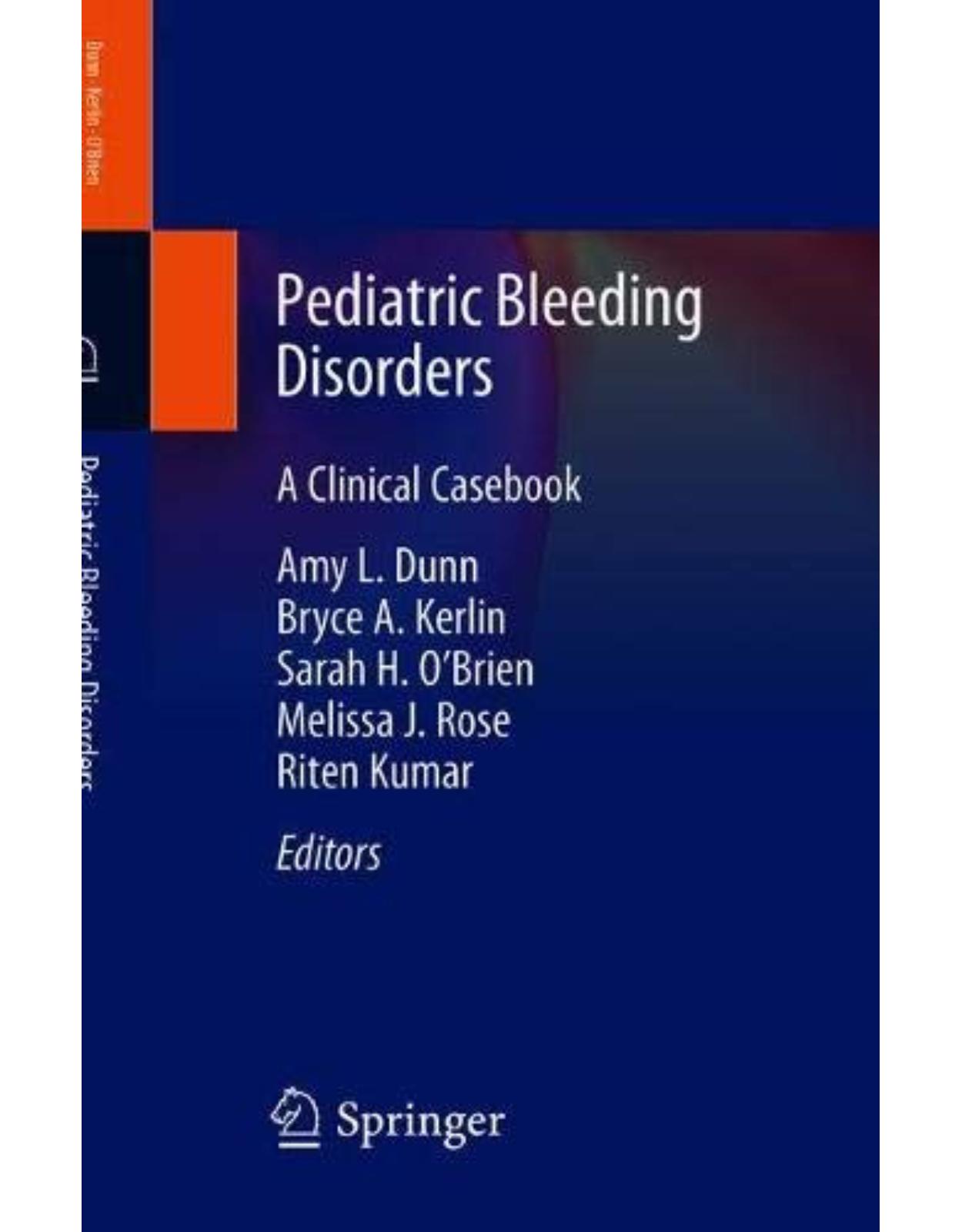
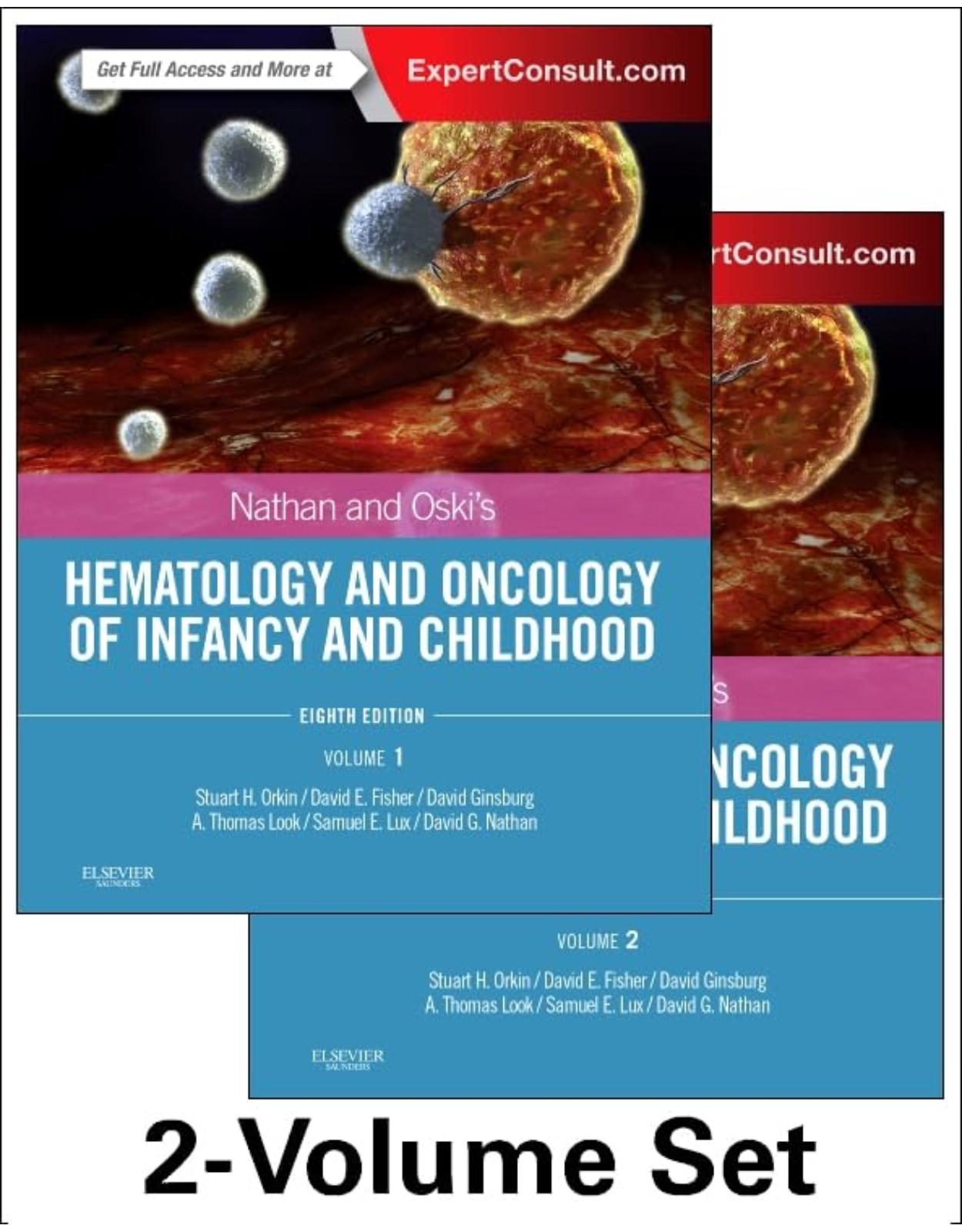
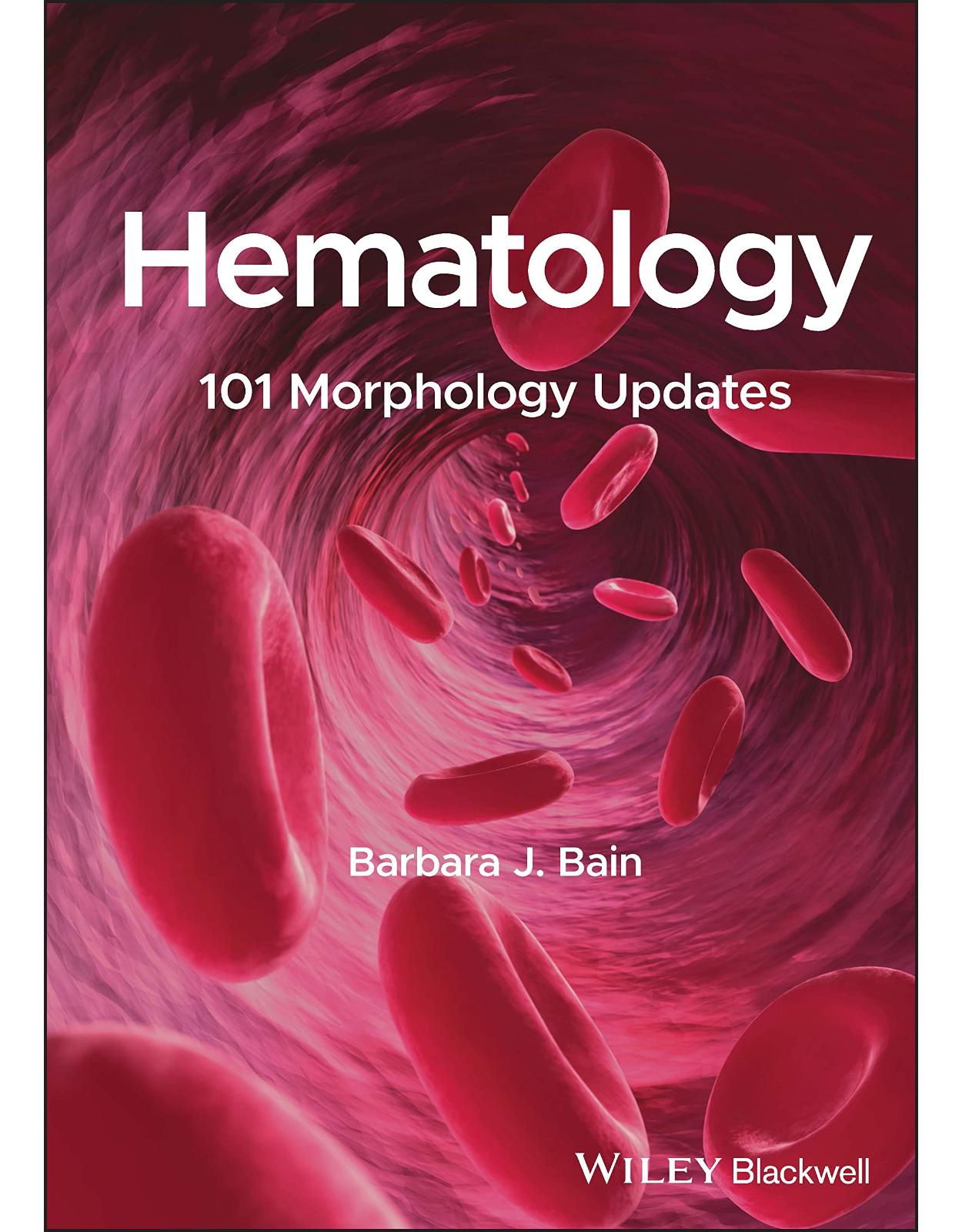
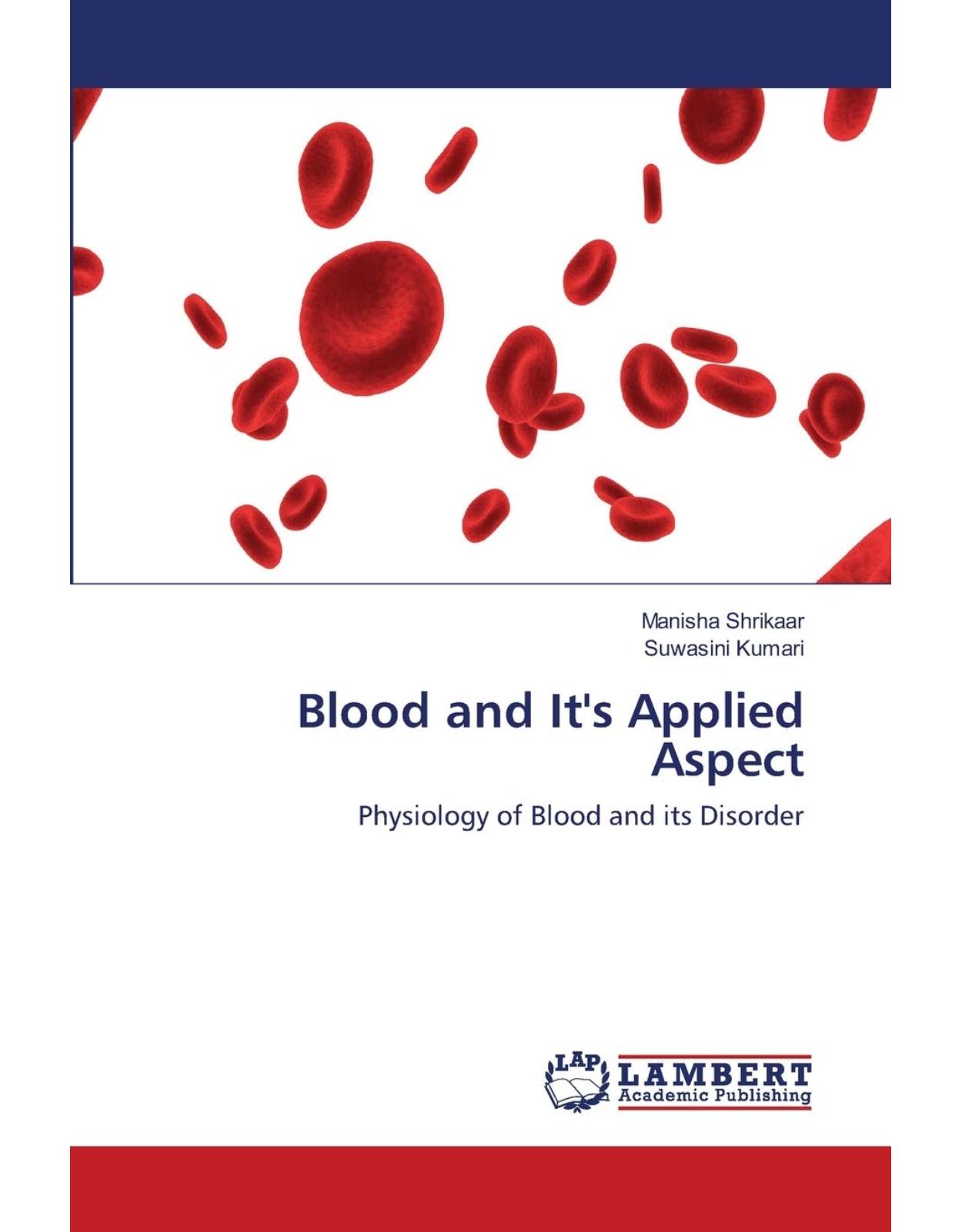
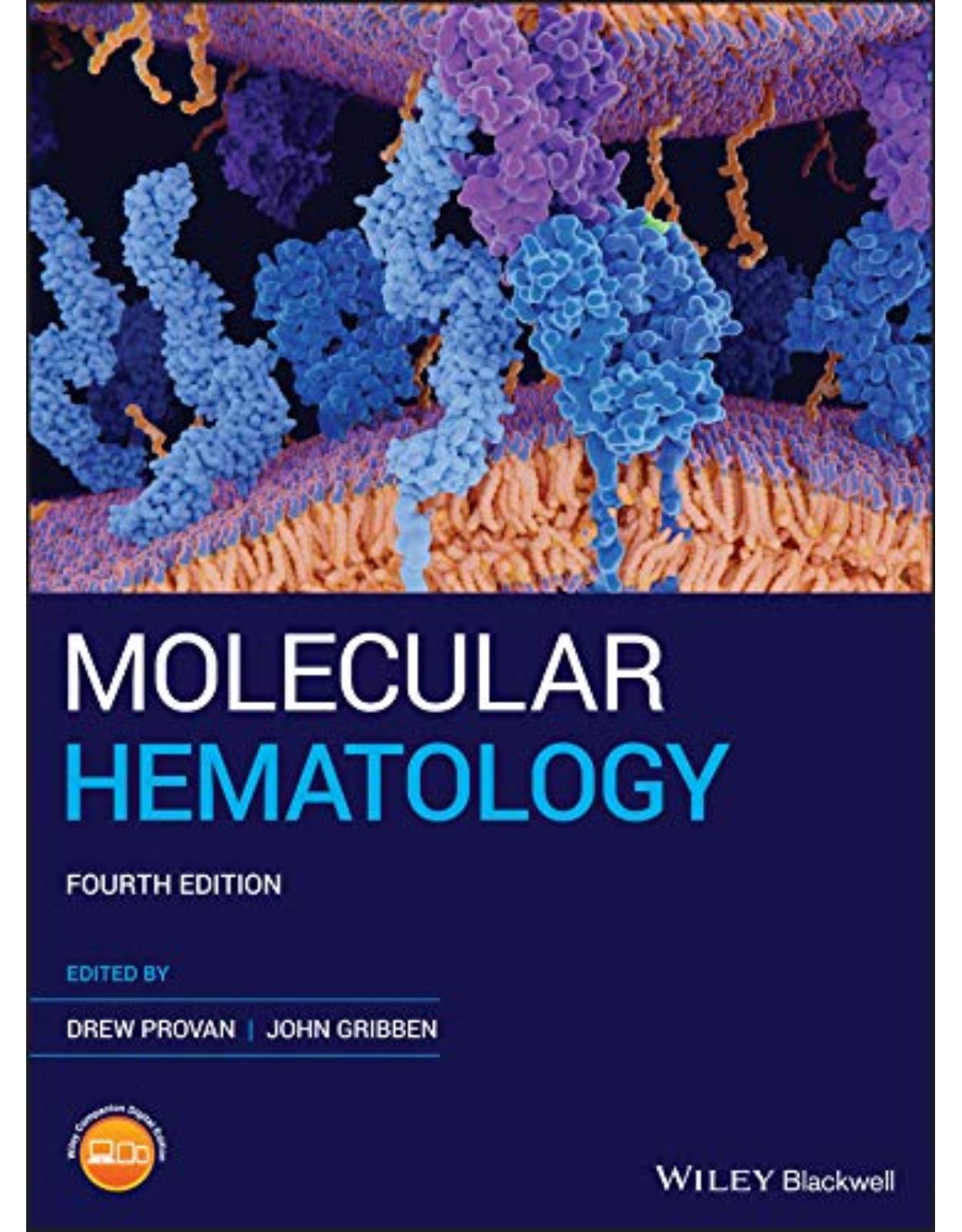
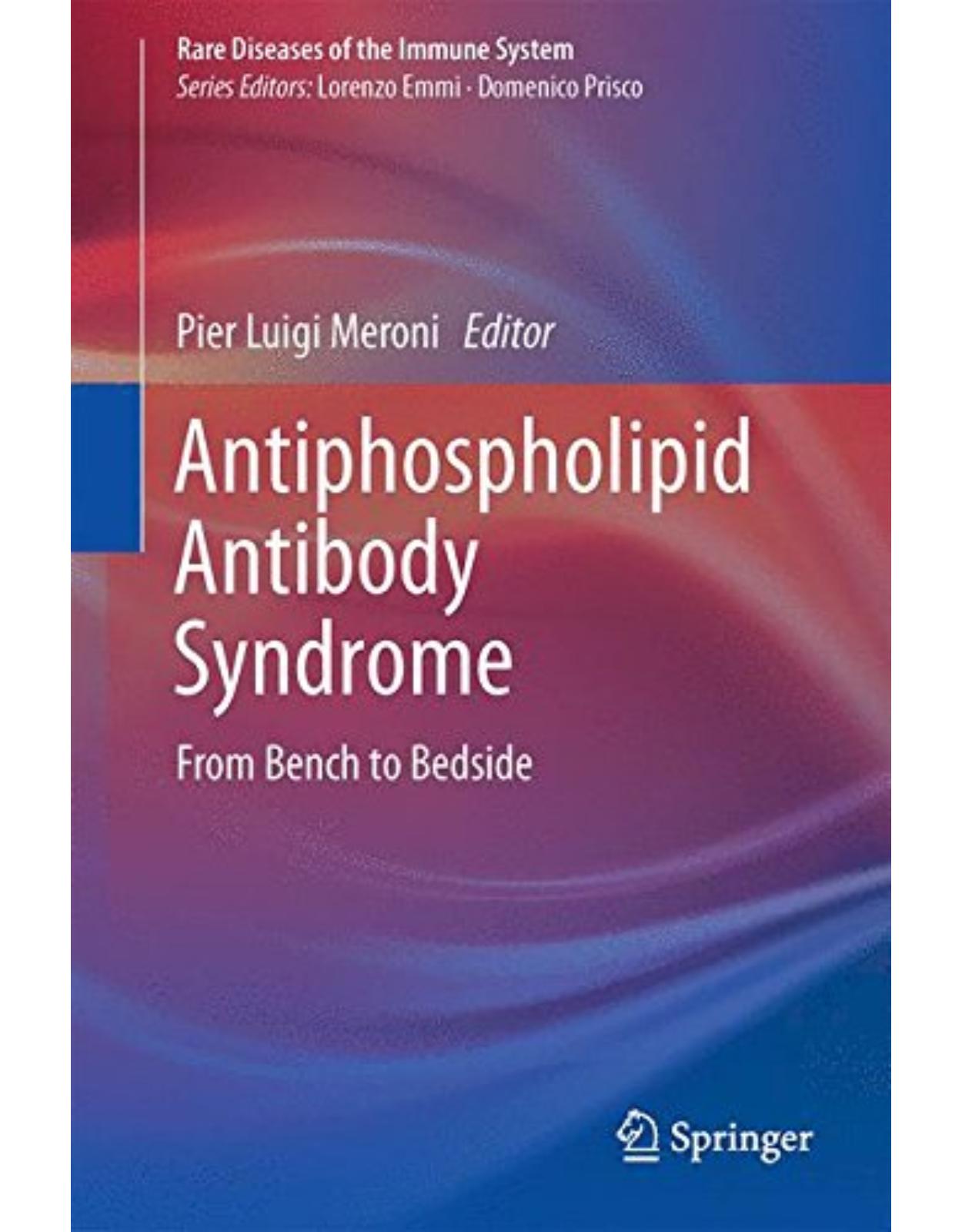
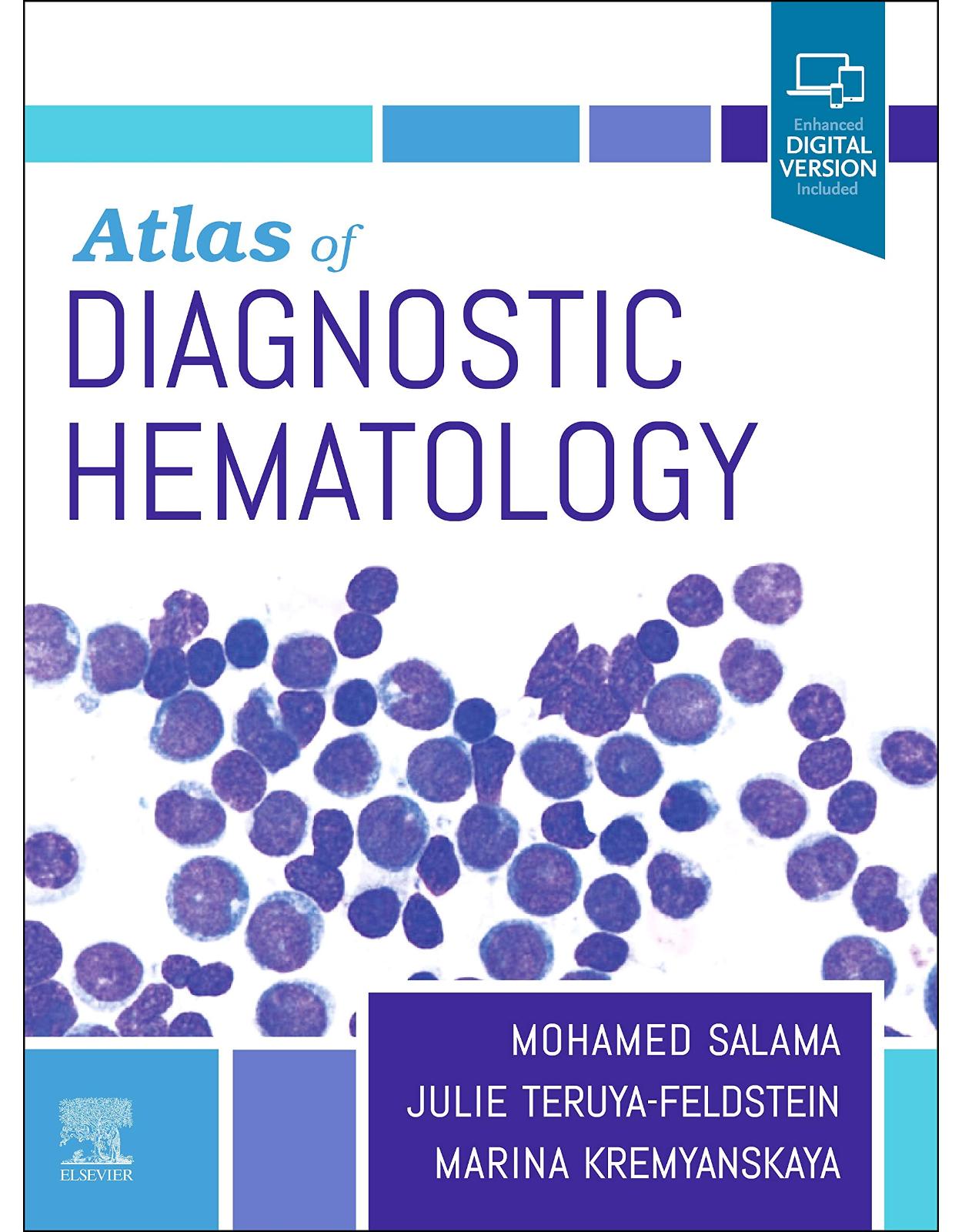
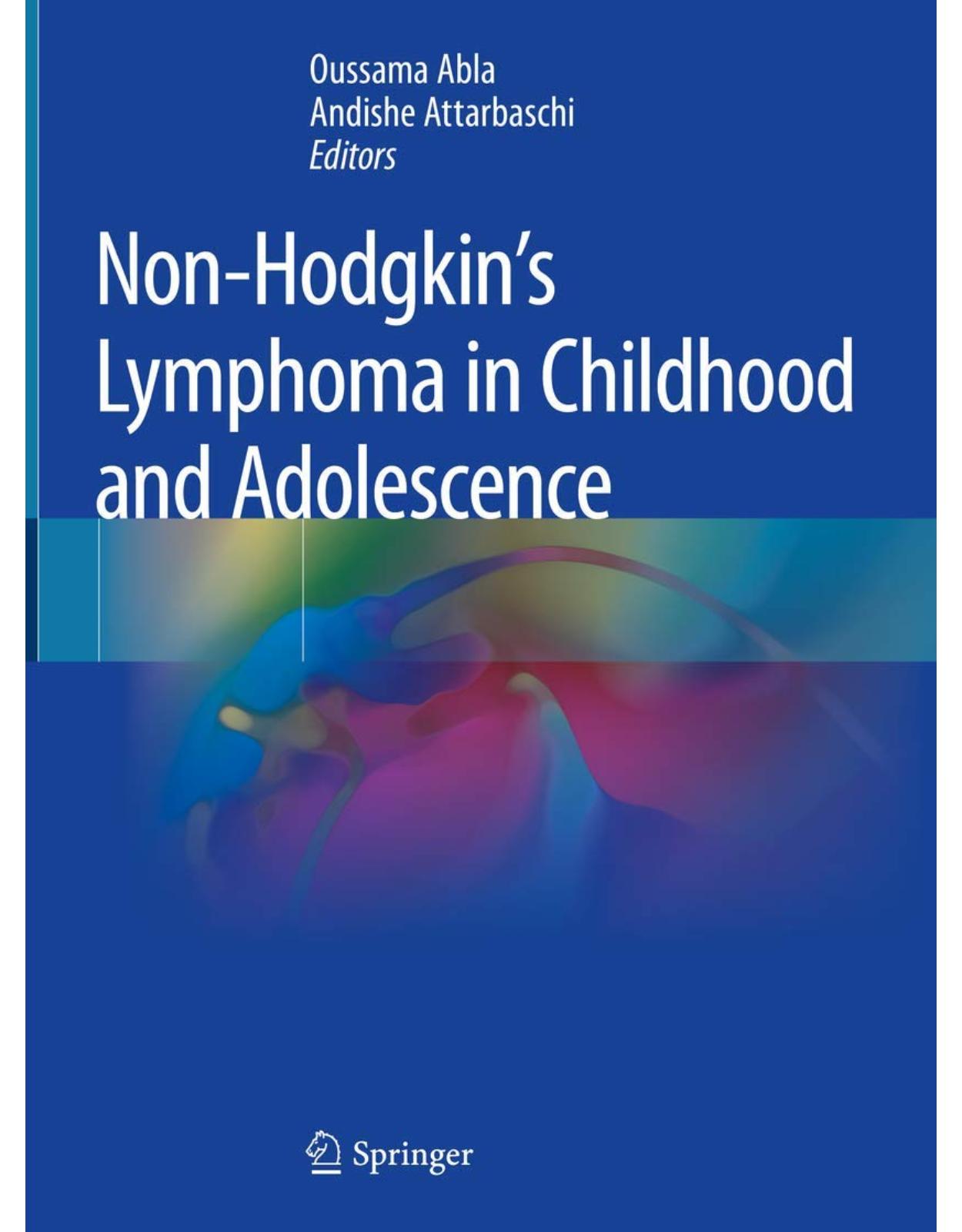
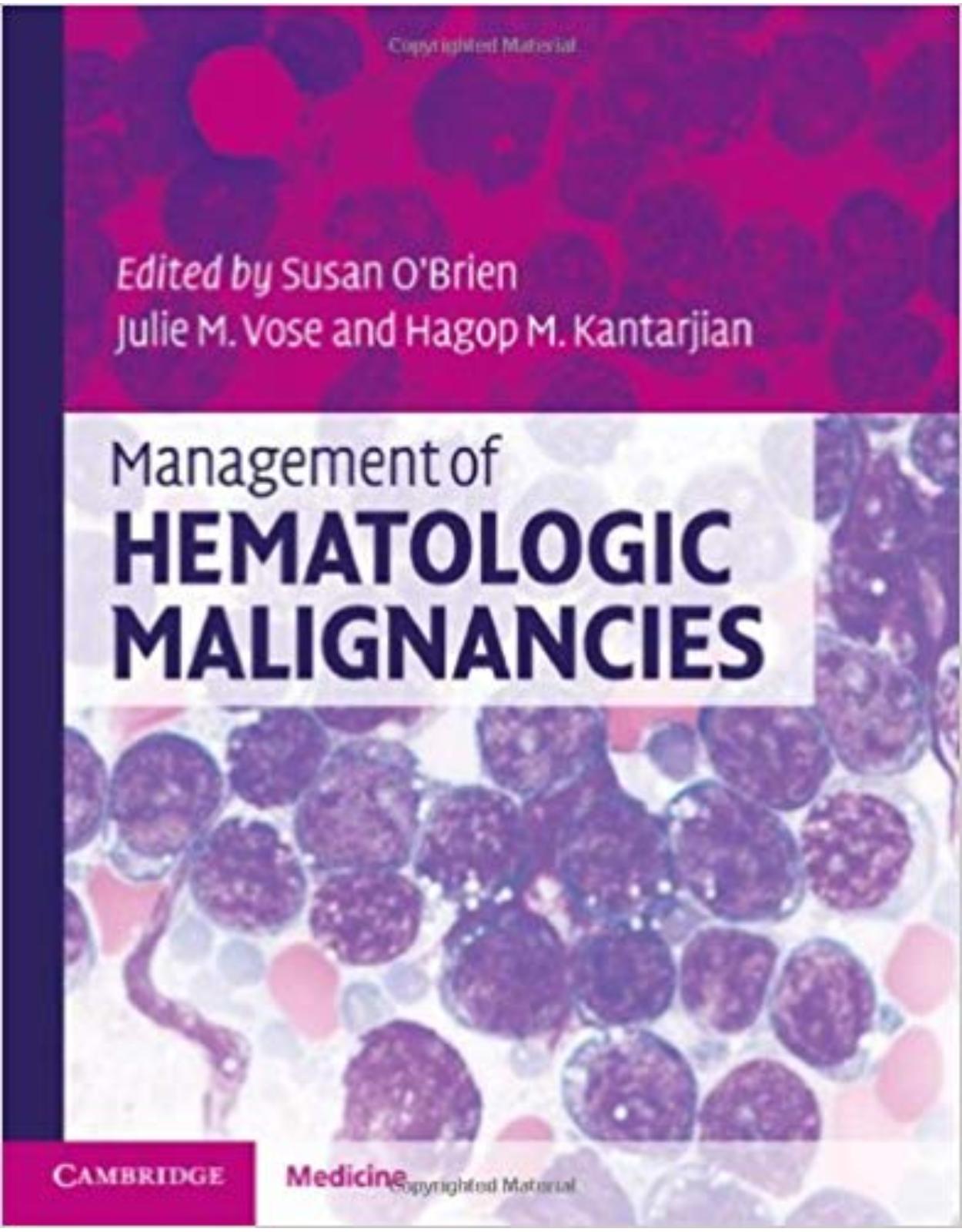


Clientii ebookshop.ro nu au adaugat inca opinii pentru acest produs. Fii primul care adauga o parere, folosind formularul de mai jos.